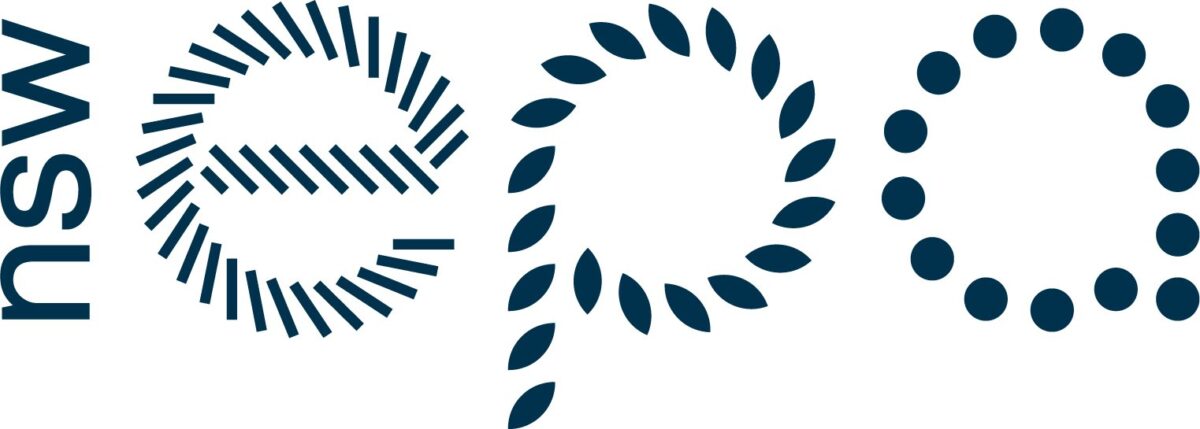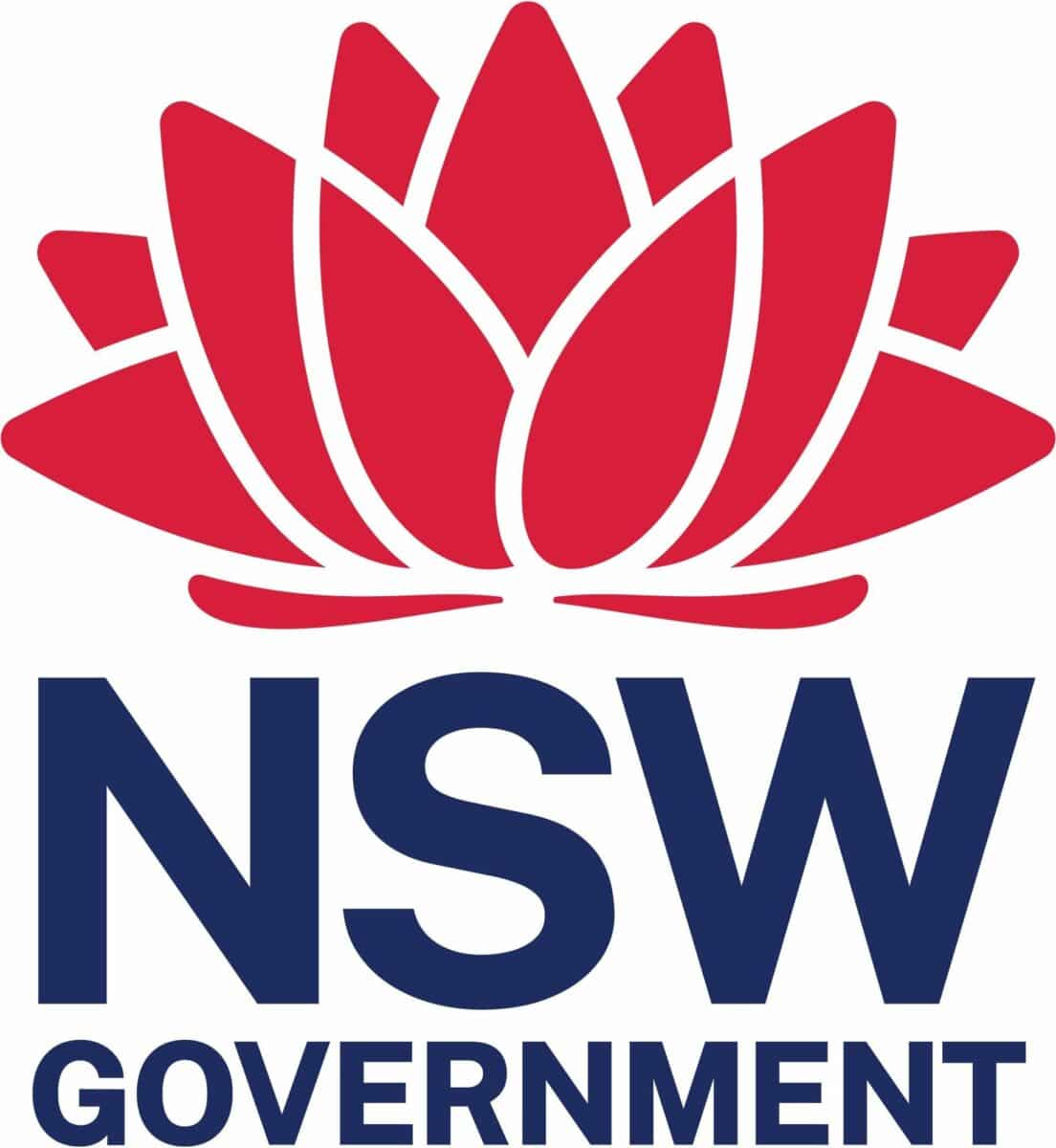MangroveWatch Monitoring Program on the Brunswick River
Earlier in 2023, we trained community members to assess the health of mangrove forests, understand their crucial value, and inspire others to learn about their importance and role in combating climate change.
Keep reading to learn why we all need to get wild about mangroves!
What are mangroves?
Mangroves are plants that thrive in conditions most terrestrial species would perish — salty, estuarine and coastal waters, within the ebb and flow of the tide. With 41 species found in Australia, we have more than half of the world’s mangrove species, with at least five mangrove species found in Northern NSW alone.
The two most common species in the Northern Rivers are the Grey Mangrove, Avicennia marina, and the river Mangrove, Aegiceras corniculatum.
Mangroves have traditionally been used by Indigenous Australians as sources of food, including for mangrove fruit, mud crabs, clams, and fish such as barramundi.
Where are they found?
Mangroves are found in the intertidal zones of tropical, subtropical and protected temperate coastal rivers, estuaries and bays, and grow in fine sediments deposited by rivers and tides.
Why are they important?
Mangroves are critical ecosystems, providing a variety of environmental benefits, alongside key services to local communities, including:
Providing habitat and nursery grounds for a plethora of species, including fish and crustaceans.
Stabilising and trapping sediment and filtering pollutants, improving water quality and reducing erosion.
Mangroves are also known as blue carbon ecosystems due to their amazing ability to store CO2. They are climate-change superheroes – trapping more carbon than any other forest type, including tropical rainforests like those in the Amazon! Estimates suggest that they can trap from 4-10 times more carbon than any other forest type, while also trapping it up to 50x faster. They are truly the lungs of our planet.
“Whether you know it or not you need mangroves to protect you!” They protect the coast and shoreline from erosion, the physical structure breaks the energy of waves, and flood water, slows the water down and prevents impacts around the habitat”
Jock Mackenzie, Wetlands and Programs Manager
– Earthwatch Australia
Why do mangroves need protection?
Mangroves are highly sensitive to environmental changes, including tidal inundation due to a changing climate. This includes impacts from changing temperature and rainfall.
Mangroves are threatened by human impacts including deforestation, development, and pollution
World-wide, mangrove forests store some 6.23 (+/- 2.3) gigatonnes of carbon, equivalent to 22.86 gigatonnes of CO2, with 87% of that being soil carbon. The loss of even just 1% of remaining mangroves could lead to the loss of 0.23 gigatonnes of CO2 equivalent, equating to over 520 million barrels of oil, or the annual emissions of 49 million cars in the USA – Mangrove Alliance.
Due to the enormous amount of carbon stored in mangroves and the sediment beneath them, it’s crucial to conserve existing mangrove forests, while rehabilitating degraded ones in order to prevent future potential CO2 emissions.
“Mangroves are super important, an integral part of our environment and provide nurseries for fish species… to be part of the first surveys on the Bruns river is very exciting!”
Suki
– Biologist and PCFML Core Volunteer
What are we doing to protect mangroves?
There is an urgent need to systematically monitor and evaluate changes in mangroves so that more informed remedial strategies can be devised and implemented (SoE,2021). Engaging people in citizen science improves local awareness of wetland values and threats, fills scientific knowledge gaps, and informs local management strategies. These outcomes improve local wetland conservation and contribute to wider catchment health outcomes such as improved water quality, and resilience to climate change. By activating local stewardship we can also ensure that community voices are a central part of mangrove conservation and management.
Together with MangroveWatch (Earthwatch Australia) we are assessing shoreline mangrove condition and change over time using the MangroveWatch citizen science methodologies, including the Shoreline Video Assessment Method (S-VAM). This involves filming the shoreline habitat conditions to measure growth, identify species, see how the mangroves are changing and what can we do in this estuary. Participants are taught techniques to identify local mangrove species, assess their condition, as well as understand the wider health dynamics of the coastal environment. Data collected by the program is used in our Annual Report Card on the Health of Mangroves on the Brunswick River.
We aim to create a record of mangrove health over time, pinpointing management issues and solutions. The data collected will also contribute to an Australian-wide census on the health of coastal ecosystems.
Lauren Morgan, Jock Mackenzie and volunteers taking part in shoreline assessment.
Images by @theundertow.ocean.
Key Objectives of Mangrove Monitoring:
Establish a long-term visual record of mangrove ecosystems.
Improve understanding of mangrove ecosystem function, values, key threats, and processes at a local and regional scale.
Generate community awareness of mangroves and encourage local environmental stewardship. See MangroveWatchers.
Provide a standardised method to assess shoreline mangrove condition and change over time – the Shoreline Video Assessment Method (S-VAM).
Meet our Project Partners!
MangroveWatch: MangroveWatch is a citizen science program delivered by Earthwatch Australia with the aim of empowering people to participate in local mangrove management through citizen science. Using the MangroveWatch citizen science data we will develop a report card on mangrove habitat structure, condition and threatening processes and will work with the local community to develop data driven practical onground actions to protect local mangrove habitat values and enhance mangrove ecosystem resilience to climate change. Citizen science provides a pathway to engage, educate and empower local communities to enable active local participation in mangrove conservation from the local to international scale.
DCCEEW: The project is being delivered through the NSW Environment Protection Authority’s Flood Recovery Program for Water Quality Monitoring, in partnership with the NSW Department of Climate Change, Energy, the Environment and Water, and supported by the Riparian Stabilisation Package. The Riparian Stabilisation Package is co-funded by the Australian and NSW Governments under Disaster Recovery Funding Arrangements.


Marine Rescue Brunswick: the crew from Marine Rescue Brunswick know the waters of the Brunswick River better than most. We are very fortunate to partner with them, they have got us out on the water safely and allowed us to travel the much of the extent of the estuarine reaches of the Brunswick, including Simpsons Creek.
We would like to acknowledge the Arakwal people of the Bundjalung Nation, who are the Traditional Custodians of this land on which we live, work, and stand. Arakwal People retain a strong connection to Country; actively caring for flora and fauna and land and waters. We ask that you respect and help look after Country and Culture. We also acknowledge and pay our respect to Elders, both past and present, and the extended Aboriginal community.
Thanks to our Northern NSW program funders Ubuntu Foundation, Northern Rivers Community Foundation, Foundation for Rural & Regional Renewal and Southern Cross Credit Union for supporting our work.
What can you do to help?
Donate
Learn more about mangroves – where are the closest mangroves to you? Click here to find out!
Volunteer on the Bruns with us. click here.
References:
https://www.jcu.edu.au/this-is-uni/natural-and-built-environments/articles/monitoring-mangroves
https://soe.dcceew.gov.au/coasts/environment/coastal-ecosystems-and-habitats
Brunswick River, 2023.